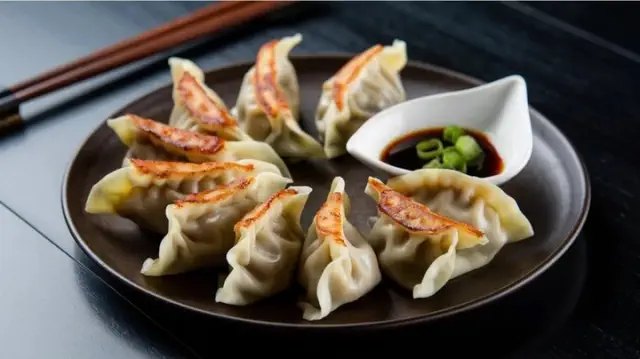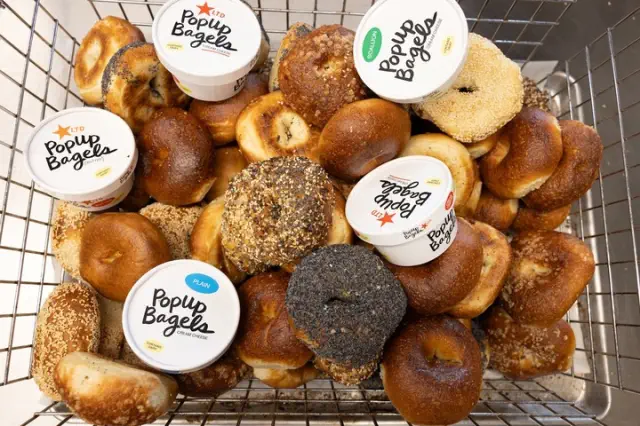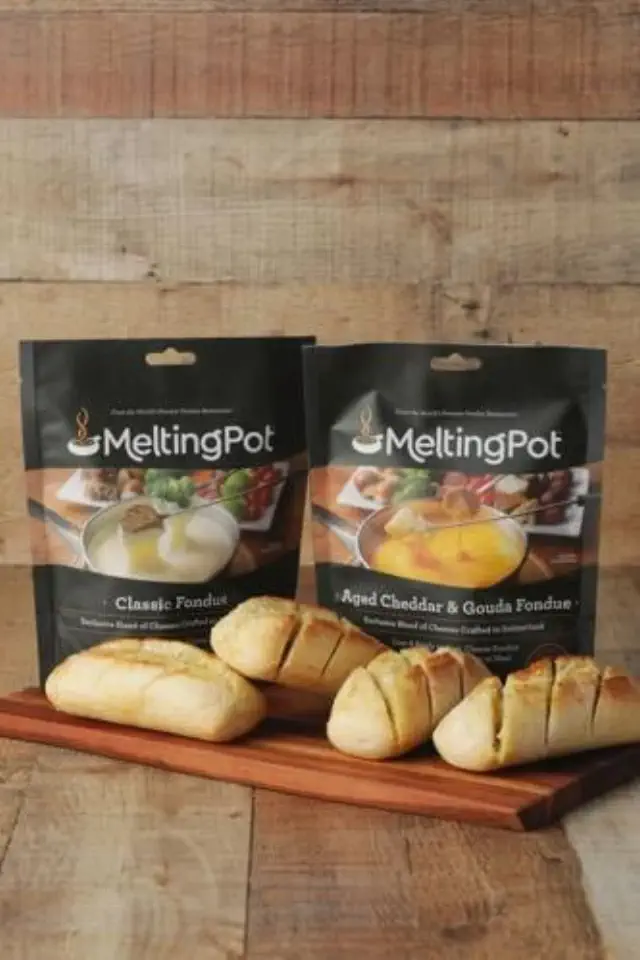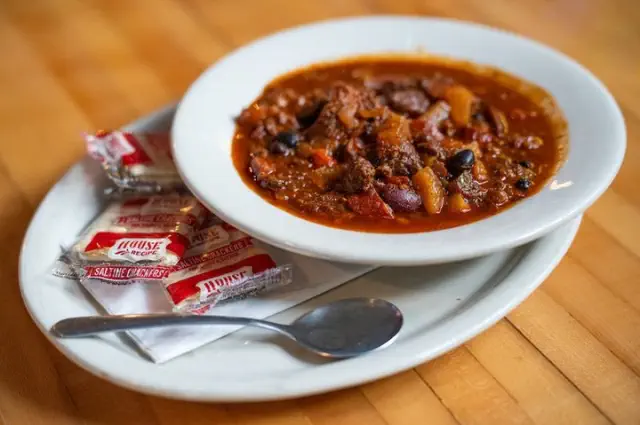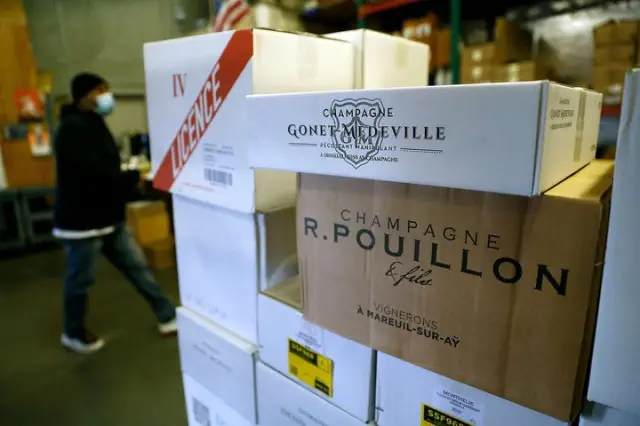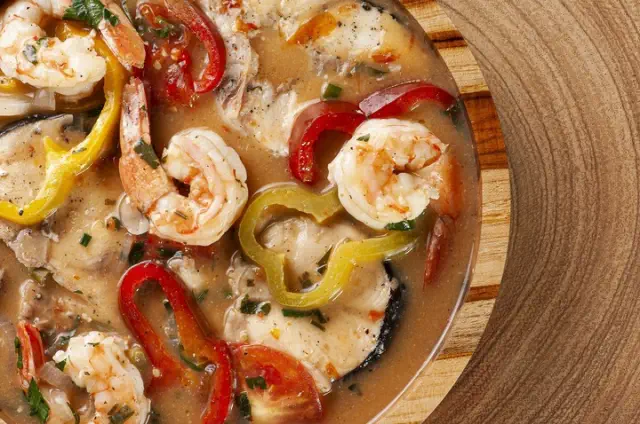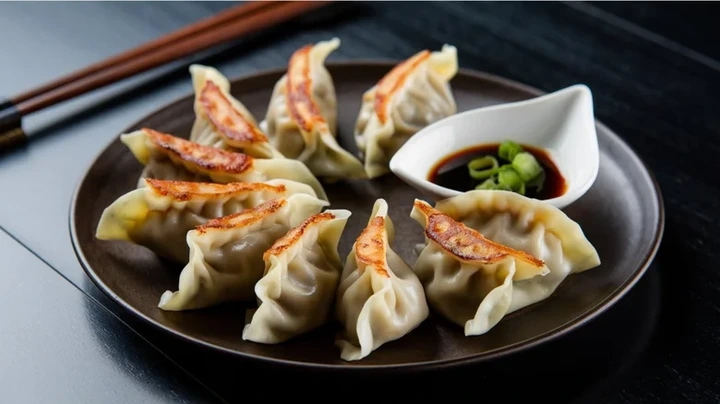
View pictures in App save up to 80% data.
You're craving dumplings and this looks like a good week to make some Korean mandu, gyoza, or wontons. Before you do, be sure to avoid one of the biggest mistakes that will ruin your homemade dumplings – using lean cuts of pork instead of fattier cuts. By lean pork, we mean cuts like the loin, or the area between the pig's shoulder and hind legs. The loin, which includes pork chops, has a low amount of fat. If you've cooked pork chops before, you've probably notice they get less juicy and dry if you overcook them.
Making dumplings from scratch typically involves mincing pork for the filling, followed by steaming, boiling, or pan frying the dumplings. However, this cooking method can lead to overcooked and dried-out bits of lean pork. The outcome? A filling that is crumbly, tough, and dry. For dumplings, you aim for a smooth and cohesive filling. Using lean cuts of pork complicates this, as they struggle to bind together well, even when you incorporate a binder such as eggs.
To achieve the best results, it's advisable to steer clear of lean pork cuts and opt for richer options such as pork shoulder, pork belly, or our top choice for dumplings: the extra fatty pork jowl, sourced from the cheek region. This particular cut is beautifully marbled with fat and boasts a delicate light pink hue.
Lean cuts of pork simply aren't as effective for creating a savory dumpling filling.
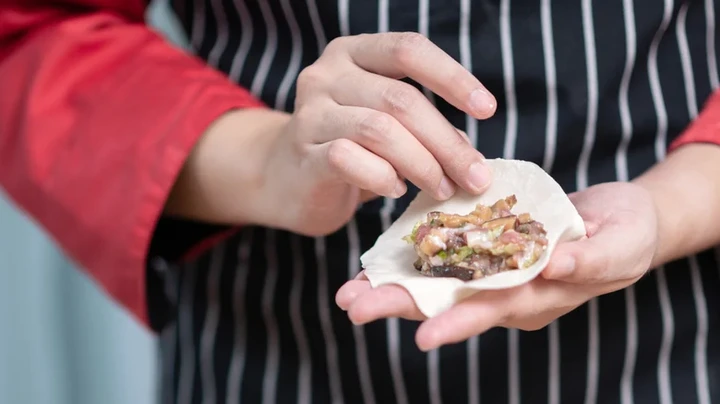
View pictures in App save up to 80% data.
Using fattier cuts of pork for dumpling filling is a great choice, as the fat and moisture contribute to a cohesive mixture that holds together well when making gyoza, pork wontons, siu mai, or jiaozi. Plus, there's no need to fret about overcooking your dumplings. Even if you steam, boil, or fry them a bit too long, the fattier pork will remain juicy, tender, and packed with flavor.
One often enjoys dumplings with sauce. That savory sauce that pork dumplings are often served with usually has an acidic component, like rice or red wine vinegar. The tangy sauce helps cut through the rich fat of the fatty pork filling, and fat and acid complement each other. Acid helps slice through the richness of fat, while the fat in the pork helps mellow out the tanginess in your tongue. The lack of fat in leaner pork prevents it from tempering vinegar's sharpness.
So, when you're gearing up to prepare dumplings next time, make sure to choose pork with a higher fat content. Additionally, consider requesting some lard, since expert dumpling chefs often incorporate small pieces of pig fat into their fillings to enhance the richness and flavor even further.
